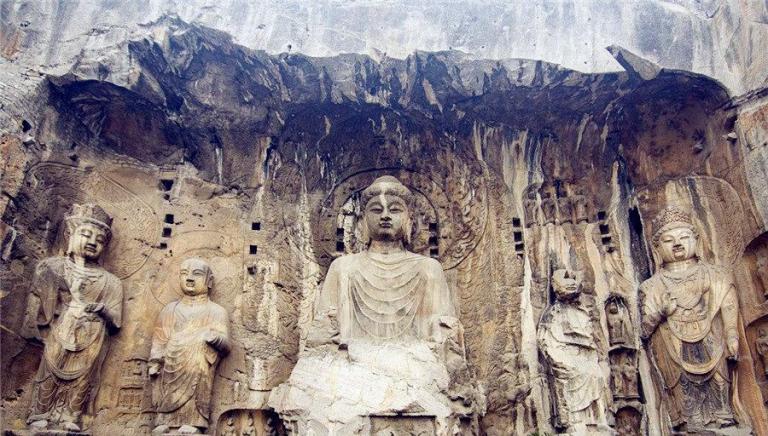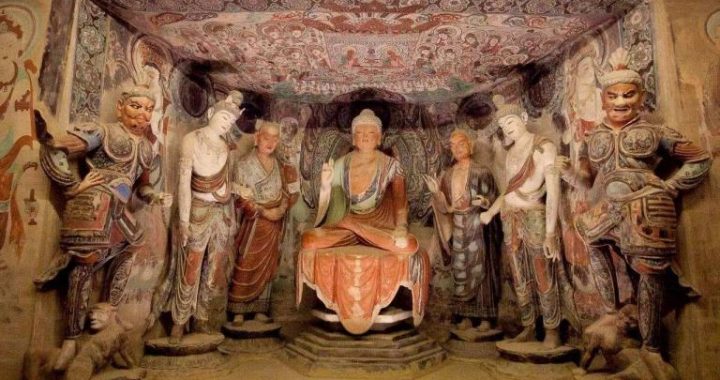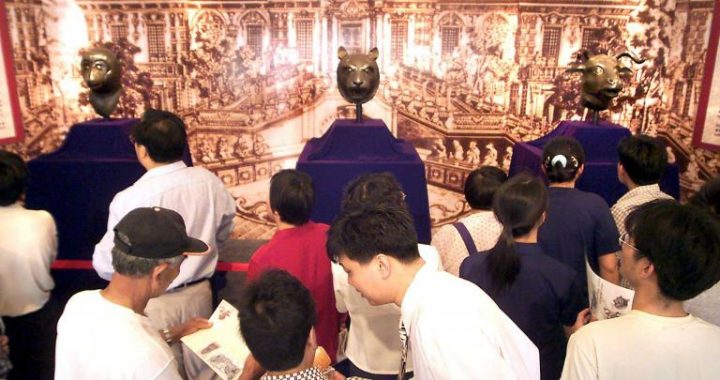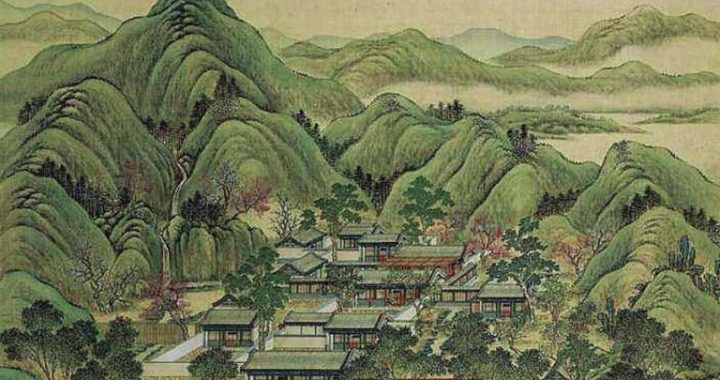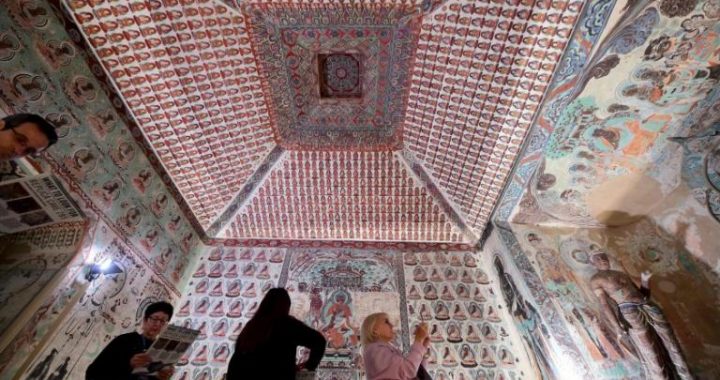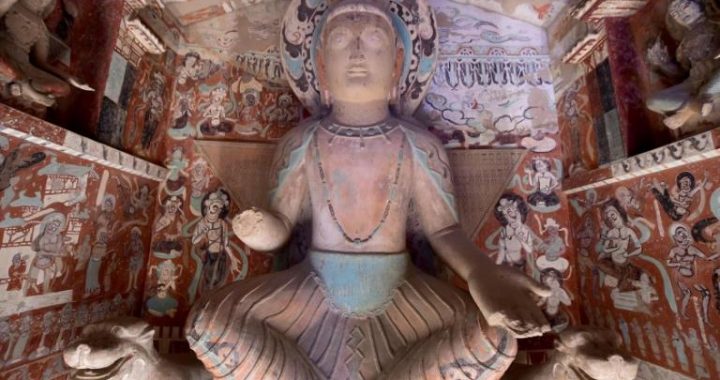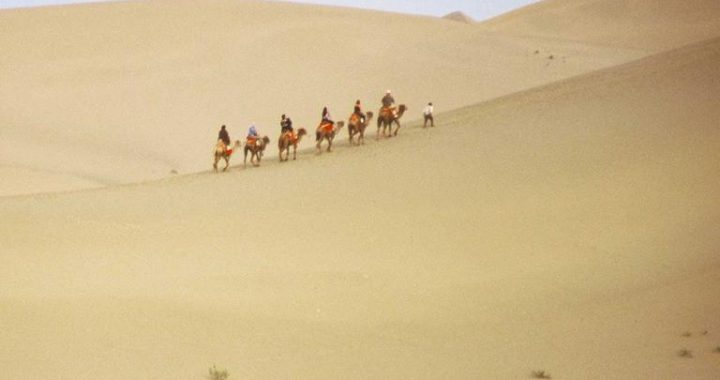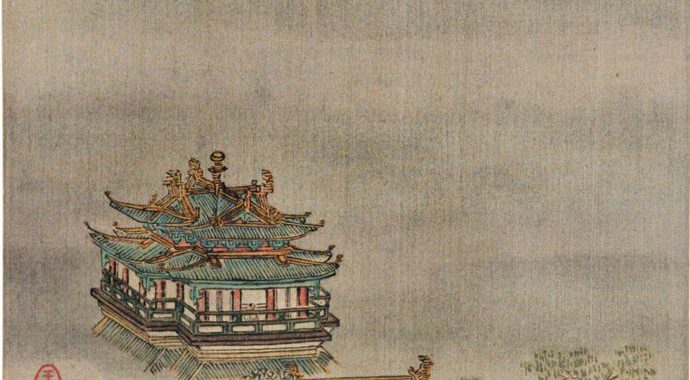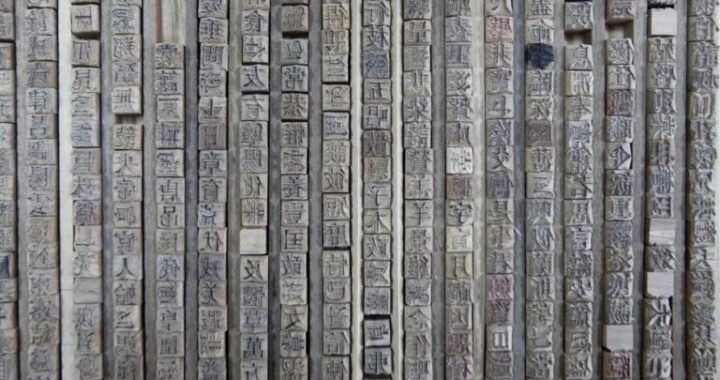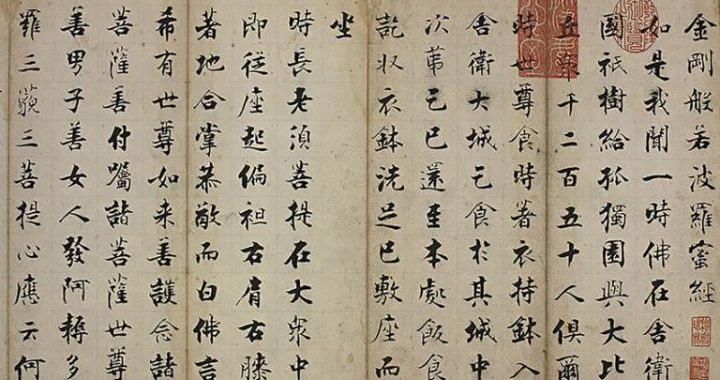The Structure of Mogao Grottoes and the Cultural Blending
3 min readThe Structure of Mogao Grottoes and the Cultural Blending between China and India, and the Central Plains and the Western Regions The caves at Mogao are the product of the integration of traditional Chinese architectural art with Indian grotto and monastery art. There are three major shapes or structures: caves with central stupa-formed pillar, caves for meditation, and caves with a hall.
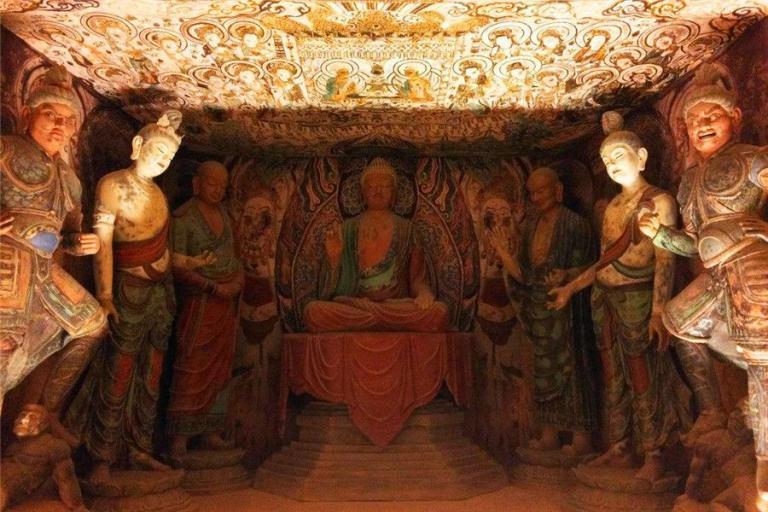
Caves with a central stupa-formed pillar, also called caves with a central pillar, or caves of stupa monastery, originated from the Indian caityas (transliteration of Sanskrit) which contains a stupa consecrated to the BuddhaHowever, such caves in Dunhuang changed the central stupa into a square column pavilion connecting the ceiling and with shrines on all sides in which Buddhist images are built. The caves are square on the floor with an A-shaped ceiling in the front chamber. Worshippers enter the caves and walk around the pillar, paying their respect and viewing the images. The Mogao caves in the early period are mostly of this type,e.g. Caves 248,251,254,257 and 260. They are also found in the caves of the Sui and Tang dynasties,e.g. Caves 427,9,14, and 39.
Caves for meditation, deriving from the Indian vihara, were built for monks to carry out their self-cultivation, practicing meditation and viewing the Buddha images. In Sanskrit vihara means a house or a room for monks to live in and practice separately or together. Some such caves have only one chamber for a single individual; others have several chambers for group practice. There are only a few such caves at Mogao,e.g. Caves 268,285, and 487.
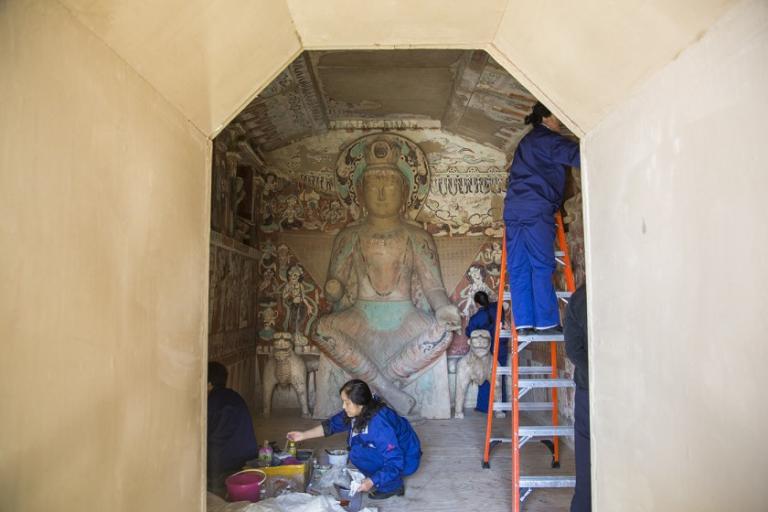
Hall caves were designed to provide space for worship. They are called fu dou ding(the ceiling being in the shape of a truncated pyramid) caves or ren zi pi xing(the ceiling being like an inverted V) caves. This was originated from traditional Chinese architecture of tent-shaped halls existing prior to the opening of the Mogao caves; it is rarely found in grottoes west of Dunhuang in Xinjiang. These caves are square in shape, with a niche on the front (west) wall (in a few cases a niche is cut on south, west or north wall; or no niche). They are spacious with sufficient light and are therefore suitable for sermons or rituals. Such caves at Mogao are ofmiddle or small size, but the number is the biggest. Hence the main form of caves in Dunhuang. They are constantly found in all time periods: from the earliest Northern Liang of the Sixteen States to the Yuan dynasty, fully developed in the Western Wei and relatively concentrated in the Sui and Tang dynasties. Typical cases include Cave 249 of the Western Wei, Cave 296 of the Northern Zhou, Cave 420 of the Sui, Caves 220 and 323 of the early-Tang, Caves 328 and 45 of the high-Tang, and Caves159 and 156 of the mid-and late-Tang periods.
Buddhist grottoes were originally locations of gathering and practice for Buddhists, possibly growing out of huts and later became places of comprehensiveBuddhist activities, the miniature of Buddhist monasteries. As a house for monks, vihara developed from huts, while caitya as a hall found its source in monasteries; and grottoes were the integration, development and transformation on the basis of both. Caityas and vihara originated from the Indian civilian and royal architectures, brought to Dunhuang across the vast area of the Central Asia. In the several hundred years from the first Buddhist grottoes in Bhaja, Nasik, Ajanta of India to the first Mogao cave on the cliff of Mingsha Mountain in Dunhuang,a numbe of cave groups-like Gandhara, Bamiyan, Termez, Kizil, and Kumtura-appeared in Pakistan, Afghanistan, and Uzbekistan of the Central Aisa and the vast areas bracketing Tianshan Mountains in Xinjiang of China. Basically inheriting the Indian style, but integration resulted after their introduction in China with traditional Chinese architecture and the Chinese-style Buddhist grottoes like the Mogao Grottoes were formed. Therefore, the cultural integration between China and India and between the Central Plains and the Western Regions is visible through the structure of caves at Mogao.
